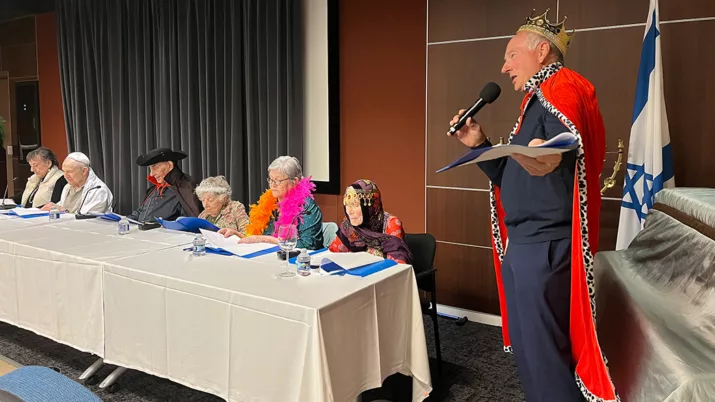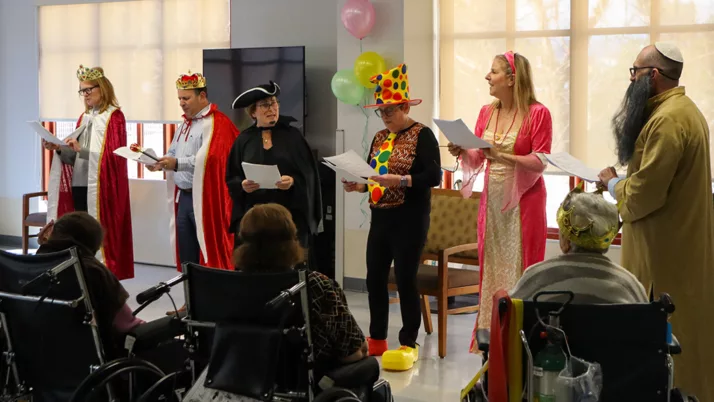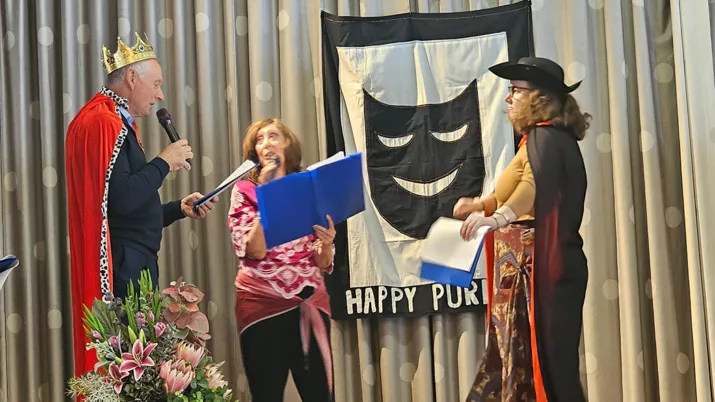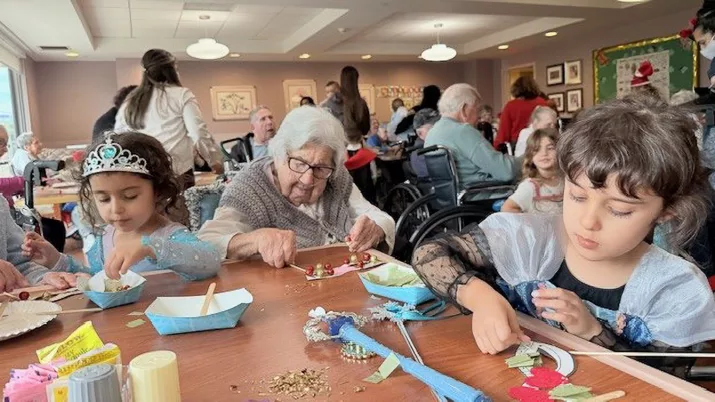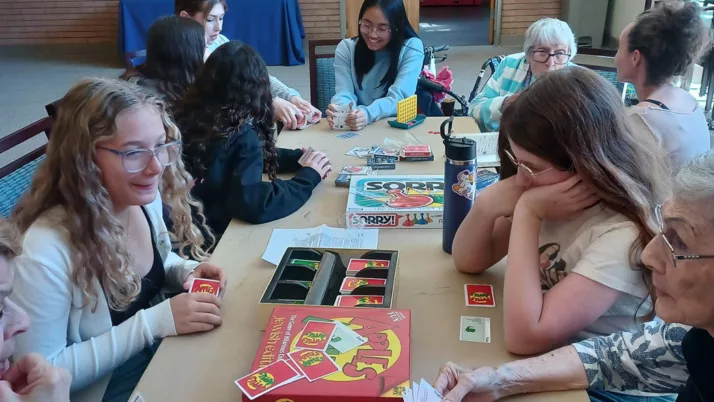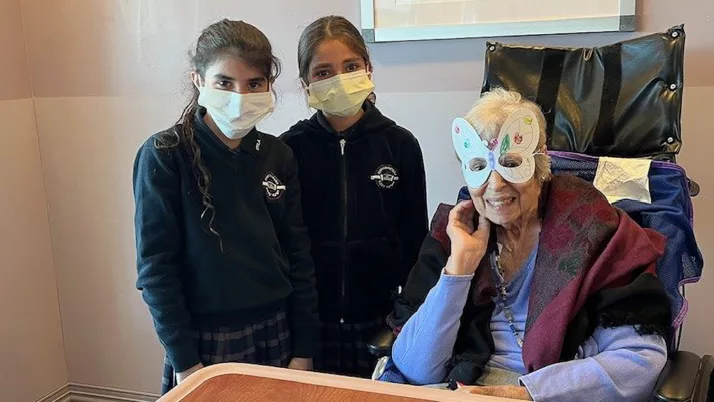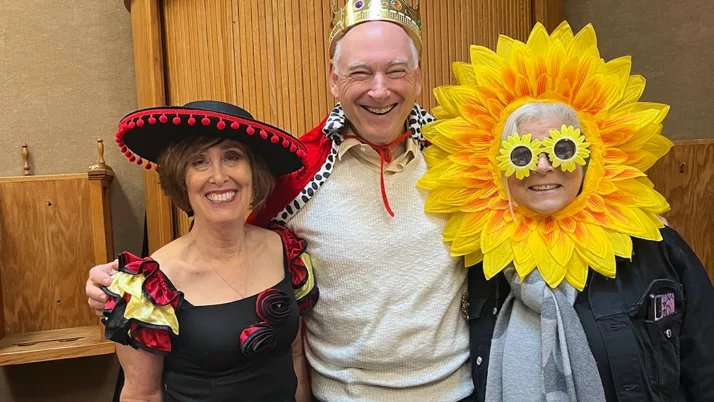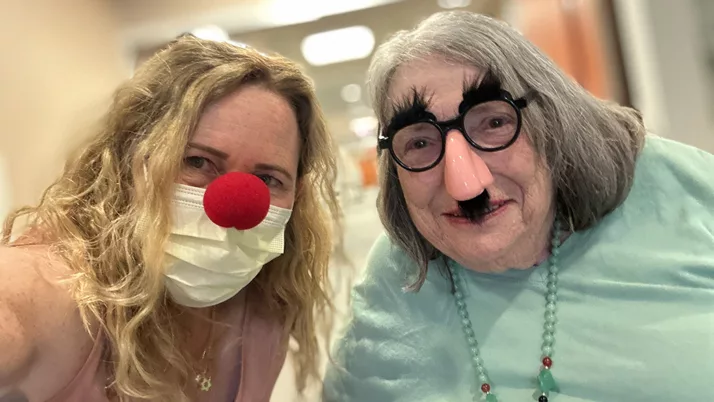Purim Brings Joy and Laughter to LAJH

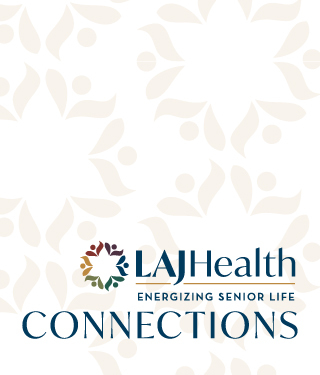
Purim Brings Joy and Laughter to Los Angeles Jewish Health!
The Jewish holiday of Purim is known for many things: delivering baskets filled with goodies to friends and loved ones; providing gifts to the needy; and perhaps most famously, the Purim shpiel—a fun, festive play that retells the story of the Book of Esther. While versions of the shpiel are produced each year on the campuses of Los Angeles Jewish Health (LAJH) and typically performed by staff who volunteer for the roles, this year, the talented residents of the Joyce Eisenberg-Keefer (JEK) Medical center mounted their own Purim production, complete with colorful costumes, songs, and prodigious amounts of laughter.
The decades-long tradition of LAJH staff performing the Purim play continued this March at the Taper Building and at Fountainview on the Eisenberg Village campus. The staff dedicated their time for rehearsals and performances, entertaining residents with their comical retelling of Mordechai’s pride, Haman’s evil cunning, and Queen Esther’s bravery. But residents of JEK flipped the script and stretched their acting chops as they brilliantly infused their own creative ideas and energy into the holiday skit—making it the most special one yet.
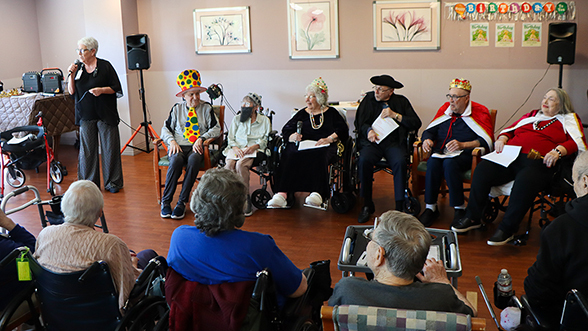
“Traditionally, we as staff would do the entertaining during Purim, but the residents were excited to play a role, so they ‘fired’ us in the most beautiful way,” says Ilana Springer, JEK’s CEO and administrator. “We were thrilled to witness this turn of events because it meant our residents were feeling empowered to run programs and to lead their lives proactively and intentionally. It’s wonderful to see them taking so much initiative.”
Orchestrating the event was JEK’s Director of Therapeutic Activities Susan Leitch, who helped organize rehearsals, run technical aspects of the production (such as sound), and provide other key support.
“What was so amazing about this year’s shpiel is that the whole thing was resident-driven,” she says. “From choosing the script, to adding songs and dialogue, to casting, they were the ones calling the shots!”
Resident Barbara Fallick delighted in the opportunity to dip her toe in the world of theater.
“It’s so much fun being dramatic!” she says. “We can be childlike in our portrayals of the villain Haman, as beautiful as Esther, and as dignified as Mordechai.”
Fellow cast member Steven Horowitz also loved participating.
“Coming up with a play that was original to the story, but a different adaptation in a humorous way—it was really fun,” he says. “All of our rehearsals made a big difference, and it was an awesome experience.”
The Purim shpiel was just one in a series of LAJH events related to the holiday. Other celebrations on the Grancell Village campus included a Purim concert by well-known singer-songwriter Cindy Paley (who also performed at Eisenberg Village) and a traditional reading of the megillah (the Scroll of Esther) by Orthodox Rabbi Hershey Spitzer. At Eisenberg Village, in addition to the Purim shpiels, there was also a resident-led megillah reading and an Arabian-themed buffet dinner complete with professional belly dancers.
“The energy here at LAJH during Purim was truly infectious across the board,” Ilana says. “Everybody came together as part of a warm and cohesive community.”
